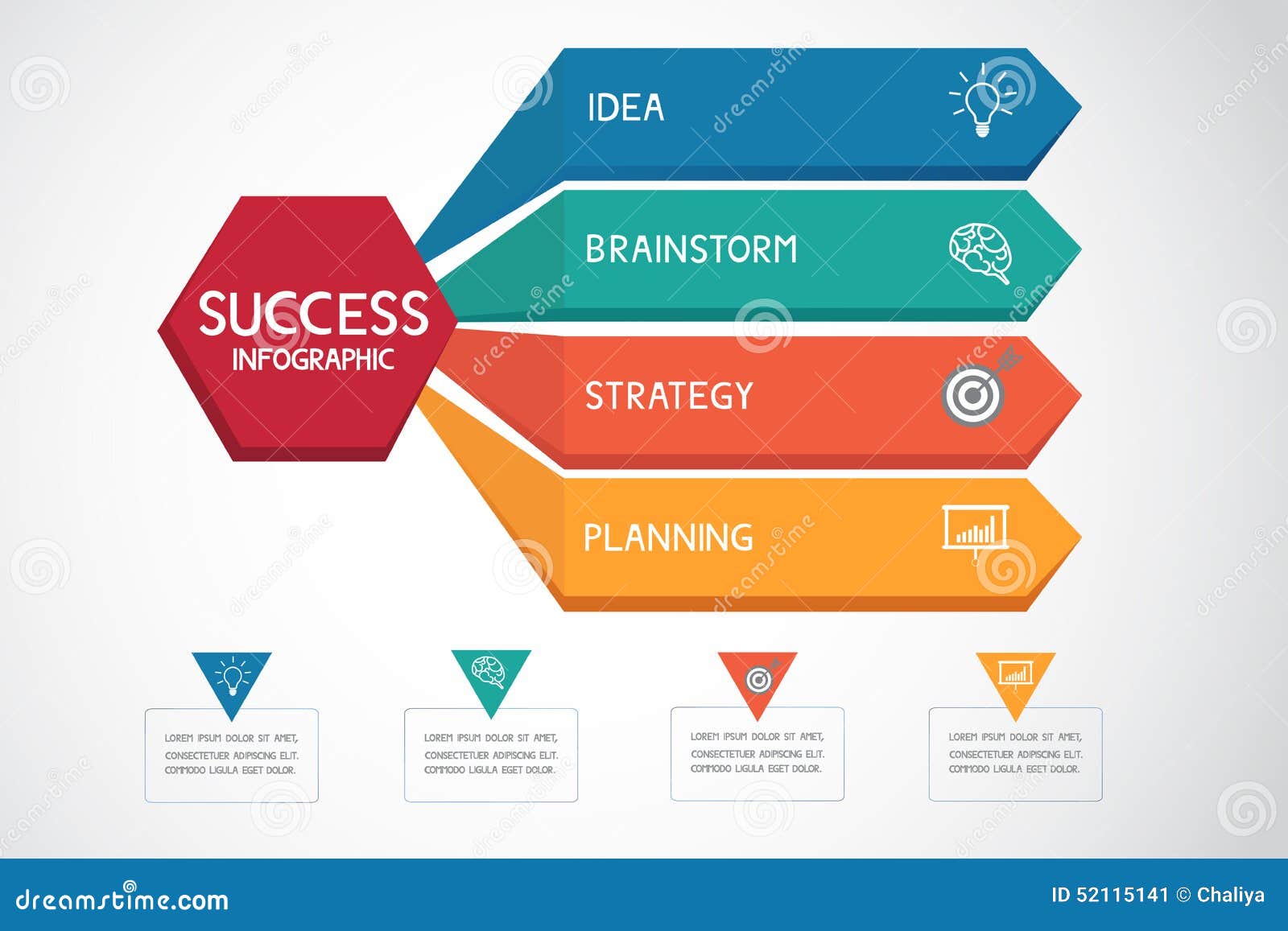Essential Web Site Style Tips: How To Build A Site That Focuses On User Experience
Essential Web Site Style Tips: How To Build A Site That Focuses On User Experience
Blog Article
Published By-McKnight Gammelgaard
When it concerns web site design, guaranteeing user-friendliness is vital. From Healthcare Practice SEO Agency to streamlined navigating, every aspect plays a vital function in producing a website that caters to your target market's requirements. However what concerning the better details that can make or damage a customer's searching experience? Remain tuned as we uncover some often-overlooked tips that can raise your website's usability to the next level, making it absolutely attract attention in the electronic landscape.
Importance of Responsive Layout
Responsive style is an important facet of modern site development. Ensuring your web site is receptive methods that it can adjust to various screen dimensions and devices, providing a seamless experience for customers.
With the enhancing use smartphones and tablets to access the net, having a responsive design is important for reaching a larger audience. It aids in boosting individual experience by making your web site simple to navigate and read on any kind of device.
Additionally, responsive design can positively influence your internet search engine rankings, as search engines like Google prioritize mobile-friendly web sites. By having a receptive layout, you're likewise future-proofing your web site, as brand-new tools with varying display dimensions remain to emerge.
Simplify Navigating Framework
To enhance user experience and facilitate easy access to info on your site, improving the navigating structure is vital. When making your site, focus on producing a clear and instinctive navigation menu that helps visitors discover what they're trying to find rapidly.
Limit the variety of food selection things to the basics, grouping associated pages together to avoid frustrating individuals. Use descriptive labels that clearly indicate the web content of each web page, making it simpler for users to recognize where each link will certainly take them.
Take into consideration carrying out dropdown food selections for subcategories to avoid jumbling the major navigating bar. In addition, consist of a search bar plainly on the page for customers who favor searching for particular info.
Prioritize mobile responsiveness in your navigation design to ensure easy accessibility on all tools.
Optimize Web Page Load Rate
Improving page load speed is vital for keeping site visitors on your website. Slow-loading pages frustrate customers and can lead to high bounce prices. To enhance web page load rate, begin by maximizing images. Press photos without compromising top quality to reduce their file sizes.
Additionally, enable web browser caching to save frequently accessed resources locally, quickening lots times for returning site visitors. Minify CSS, JavaScript, and HTML files by removing unnecessary characters, comments, and formatting, improving load speed.
Take into simply click the next web page making use of a web content shipment network (CDN) to distribute your internet site's web content throughout several servers worldwide, lowering latency for individuals accessing your site from various places. Finally, restrict making use of third-party manuscripts and plugins, as they can dramatically impact lots times.
Verdict
In conclusion, by integrating responsive layout, streamlining navigating, and enhancing page tons speed, you can develop an user-friendly web site that attract a broader audience and enhances individual experience. These essential elements ensure that visitors can conveniently access and browse your site across various devices, bring about enhanced engagement and contentment. By concentrating on these crucial aspects, you can develop an effective web site that keeps users returning for more.
